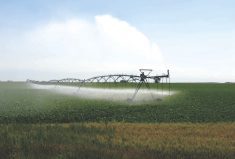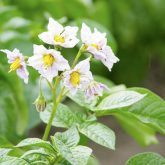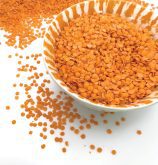Researchers say the best choice for some developing countries may be to rethink the types of crops they’re growing.
A paper by researchers at Columbia University, published recently in the journal Science Advances, examined the situation in India and found plenty of challenges based on its widespread cultivation of rice.
It’s a water-hungry plant that’s being grown in a region experiencing more and more moisture stress.
Starting in the 1960s, a boom in rice and wheat production helped reduce hunger throughout India. Unfortunately, this Green Revolution also took a toll on the environment, increasing demands on the water supply, greenhouse gas emissions, and pollution from fertilizer, the researchers say.
Read Also

University of Manitoba honours three agriculture alumni
Cathey Day, Fred Greig and Kim McConnell were chosen for the University of Manitoba’s 2025 certificates of merit from the agricultural and food sciences faculty.
“If we continue to go the route of rice and wheat, with unsustainable resource use and increasing climate variability, it’s unclear how long we could keep that practice up,” says Kyle Davis, lead author.
Davis and his colleagues studied six major grains currently grown in India: rice, wheat, maize, sorghum, and pearl and finger millet. For each crop, they compared yield, water use, and nutritional values such as calories, protein, iron and zinc.
They found that rice is the least water-efficient cereal when it comes to producing nutrients, and that wheat has been the main driver in increasing irrigation stresses.
The potential benefits varied widely between different regions, but overall, the researchers found that replacing rice with maize, finger millet, pearl millet, or sorghum could reduce irrigation water demand by 33 per cent.



















